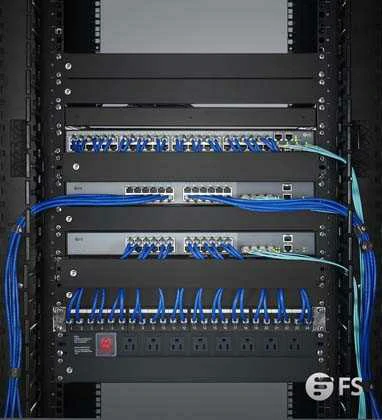How to Choose Cables
In today’s digital age, cables play a crucial role in connecting various devices and ensuring seamless communication and data transfer. Whether you need cables for your computer, home entertainment system, or networking setup, choosing the right cables is essential. Here are some factors to consider when selecting cables.
1. Cable Type: The first step in choosing cables is determining the type you need. There are various types of cables available, including HDMI, USB, Ethernet, coaxial, and audio cables. Each type serves a specific purpose, so it’s essential to identify your requirements before making a decision.
2. Compatibility: When selecting cables, it’s crucial to ensure compatibility with your devices. Some cables may have different versions or connector types, which may not be compatible with all devices. For example, USB cables come in different generations (USB 2.0, USB 3.0, etc.), and using an incompatible cable may result in slower data transfer speeds. Therefore, it’s important to check the specifications of your devices and choose cables that are compatible with them.
3. Length: Another critical factor to consider is the length of the cables. It’s essential to measure the distance between the devices you want to connect and select cables that are long enough to reach. Keep in mind that longer cables may result in signal degradation or loss, especially for analog signals. If possible, opt for shorter cables to maintain optimum signal quality.
4. Quality: Cable quality plays a significant role in performance and durability. Low-quality cables may be prone to interference, resulting in poor audio/video quality or unreliable data transfer. Look for cables that are made from high-quality materials, such as gold-plated connectors, which provide better conductivity and corrosion resistance. Additionally, cables with thicker shielding can help minimize electromagnetic interference.
5. Speed and Bandwidth: Depending on your specific needs, consider the speed and bandwidth capabilities of the cables. For instance, if you require high-speed data transfer or 4K video resolution, ensure that the cables support the necessary specifications. Be aware that some cables may have a maximum data transfer rate or bandwidth, which can limit their capabilities for future upgrades.
6. Budget: Like any other purchase, your budget will also play a role in cable selection. While it’s tempting to opt for cheaper alternatives, keep in mind that quality and performance may be compromised. It’s advisable to invest in reliable cables from reputable brands, as they are likely to offer better durability and performance over time.
7. Reviews and Recommendations: Before making a final decision, take the time to read reviews and seek recommendations from experts or trusted sources. Online customer reviews can provide valuable insights into cable quality, performance, and reliability. Additionally, consulting with professionals in the field can help you make an informed choice based on your specific requirements.
In conclusion, choosing the right cables involves considering factors such as cable type, compatibility, length, quality, speed, bandwidth, budget, and reviews. Understanding your needs and doing thorough research will help you make an informed decision and ensure optimal performance and longevity for your devices. Remember, cables may seem like a minor component, but they play a significant role in maintaining seamless connectivity and enhancing your overall digital experience.
.webp)
